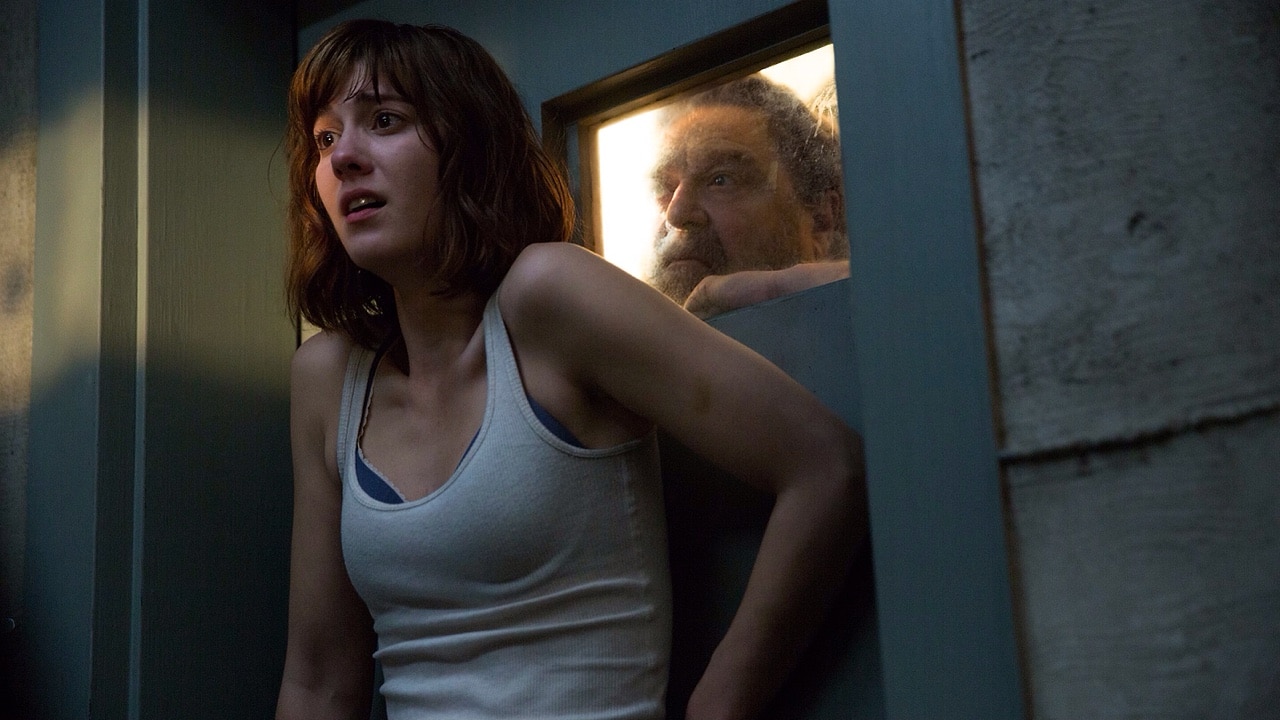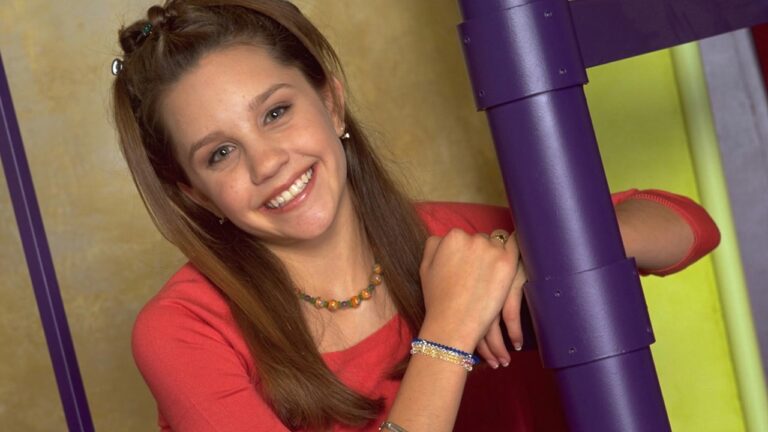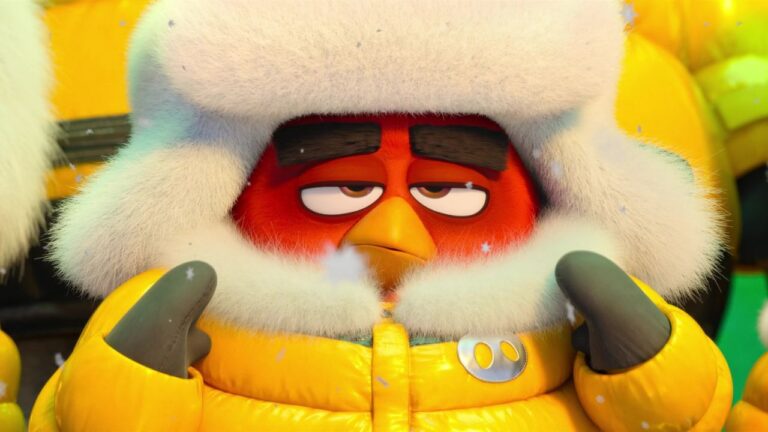13 Rousing Post-Apocalyptic Movies Prove That the Struggle Is Real

Postapocalyptic movies inspire us by showing how characters overcome harsh conditions and seemingly impossible obstacles to survive. If they can do it, maybe you can get through your bad day, too.
Whether the end of the world depicted in a movie comes about due to disease, war, zombies, a natural disaster, or an alien invasion, audiences feel a strong connection to characters who beat the odds as they fight for survival.
One of the first movies to take a serious look at postapocalyptic life is the 1936 British sci-fi film Things To Come written by H.G. Wells. Since then, many more movies have answered the question, “What happens after the world ends?”
Snowpiercer (2013)

This fascinating postapocalyptic action film is about the titular train that carries the last remnants of humanity around a frozen, lifeless Earth in a perpetual loop. The movie stars Chris Evans as the leader of the onboard revolution, while Tilda Swinton plays the train’s sadistic second in command.
What makes Snowpiercer so memorable is that the entirety of human societal classes is condensed into a single train that is a wonder of engineering. The lower class passengers ride in the tail and eat disgusting gel squares made of smashed bugs, while higher class passengers enjoy fresh food from agricultural and garden cars. Those toward the front of the train also have access to cars with restaurants, bars, nightclubs, classrooms, and other amenities.
Snowpiercer is a chilling reminder that, even after the world ends, humanity will still gravitate toward dividing people into the haves and have-nots.
Mad Max: Fury Road (2015)

George Miller’s fourth installment in the Mad Max franchise is the first to feature Tom Hardy as postapocalyptic survivor Max Rockatansky. Even though his character’s name is in the title, Hardy takes a back seat to Charlize Theron, whose rebellious Imperator Furiosa tries to rescue a group of “brides” kept for breeding from the tyrannical Immortan Joe (Hugh Keays-Byrne).
The bleak, desert world of Fury Road is the result of a nuclear war. Food, clean water, gasoline, and healthy blood for transfusions are all in short supply. The desperate survivors kicking up dust on this bleak landscape will do anything to survive, so protracted — and thrilling — vehicle chases are an everyday occurrence.
Mad Max: Fury Road deservedly made bank at the box office and won six Oscars — more than any other Australian film in history.
28 Days Later (2002)

Oscar winner Cillian Murphy made his breakout performance in Danny Boyle’s 28 Days Later as a survivor of a bloodborne plague that transforms humans into raging, homicidal maniacs.
The main goal of the survivors in 28 Days Later is to avoid contact with infected blood at all costs, which proves difficult since infected people develop an uncontrollable urge to bite uninfected humans. The silver lining, if one exists, is that survivors don’t have to worry too long about whether or not a stranger they encounter is infected — someone who catches the virus transforms within a minute.
Boyle’s highly effective postapocalyptic horror film about societal breakdown spawned the 2007 sequel 28 Weeks Later and the upcoming 2025 film 28 Years Later, in which Murphy will reportedly reprise his role from the original.
Dawn of the Dead (1978)

George A. Romero’s Dawn of the Dead — the sequel to his landmark zombie film Night of the Living Dead — follows a group of survivors who take a helicopter and hunker down in a shopping mall outside Pittsburgh.
Dawn of the Dead features memorable makeup effects by Tom Savini, a haunting progressive rock score by Goblin, and Romero’s scathing commentary on consumerism. When a character wonders aloud why the zombies gather outside of a shopping mall, Stephen “Flyboy” Andrews (David Emge) says, “Some kind of instinct. Memory of what they used to do. This was an important place in their lives.” Romero holds up a mirror to society and suggest that the line separating the living from the walking dead is hair thin.
The cult favorite spawned several sequels and a 2004 remake by Zack Snyder, but we still prefer our rotting zombies to not move like marathon sprinters, thank you very much.
Mad Max 2: The Road Warrior (1981)

George Miller’s Mad Max 2, released as The Road Warrior in the United States, follows Max Rockatansky (Mel Gibson) in postapocalyptic Australia where society has collapsed and people cluster in warring barbarian tribes.
Miller’s brutal, harsh assessment of how humanity might handle societal collapse is a chilling reminder that some unirradiated water and enough gasoline to fill up your car engine might be all it takes for otherwise civilized people to turn into savages. Max — who lost his family in the previous movie and has become a shell of his former self — concludes that the key to survival is to prioritize himself over all others.
Like the trailer says, “This is what it has come to.”
Doomsday (2008)

Neil Marshall’s Doomsday is about a lethal Reaper viral epidemic that prompts the British government to wall off Scotland to contain the outbreak. This creates a pariah state in which survivors have split into two factions: barbaric marauders and knights.
Doomsday draws inspiration from the Mad Max series, Escape From New York, and 28 Days Later, but is more visceral than any of those postapocalyptic thrillers. It’s not too much of a stretch to think that humans would devolve into primitive warring factions in a postapocalyptic world since if we all worked well together, society wouldn’t have crumbled in the first place.
World War Z (2013)

World War Z, based on a book by Max Brooks, stars Brad Pitt as a former United Nations investigator who crisscrosses the globe trying to find a cure for the virus that beget a zombie apocalypse.
World War Z came out years before the COVID-19 pandemic, but there are parallels. Although we didn’t have to deal with zombies, we became all too familiar with supply-chain issues, how different classes of people are protected from the virus, and who gets to stand first in line for a cure. Except for the zombie part, World War Z is a case of art imitating life.
Planet of the Apes (1968)

Do you remember the first time that you watched the ending of 1968’s Planet of the Apes and you had to pick your jaw up off the floor after astronaut George Taylor (Charlton Heston) realizes he is actually on Earth?
Taylor rides a horse along a beach and comes across a half-buried Statue of Liberty in the sand, after which he drops to his knees and cries out in despair that humans annihilated themselves during a nuclear war. Humanity’s failure allowed the apes to rise, develop language, and sow the seeds of a simian society that already showed signs of following humans down a path of warring factions and violence.
The thought-provoking sci-fi movie that forced viewers to consider race relations and societal problems in a new way won an honorary Oscar for Outstanding Makeup Achievement.
The Matrix (1999)

The Wachowskis’ seminal sci-fi masterpiece The Matrix stars Keanu Reeves as Neo — a man who wakes up one day and discovers that he is living in a virtual reality created by aliens and that the actual Earth is a wasteland. He bands together with other “woke” survivors to prevent the remaining humans from becoming little more than biological batteries for an invasive extraterrestrial species.
Discussions about artificial intelligence and virtual reality have only intensified since The Matrix‘s release at the turn of the century. Although we’re pretty sure that we aren’t living in a computer simulation, advances in both VR technology and AI could absolutely lead to a future in which most of our experiences occur in a simulated world like the one in The Matrix.
12 Monkeys (1995)

In Terry Gilliam’s mind-bending 12 Monkeys, Bruce Willis plays James Cole — a convict living in a postapocalyptic world in which humanity was nearly wiped out decades prior by a man-made virus. Scientists send Cole back in time to gather intel about how the virus got released.
It’s difficult to watch 12 Monkeys today and not think about how much the COVID-19 virus affected our society, culture, and economy. When Cole goes back in time, he gets to reexperience the world of his childhood before a virus ruined the planet. Until someone builds a time machine, the kids of today will only have memories of what life was like before annual vaccine boosters, N95 masks, social distancing, and inexplicable toilet paper hoarding.
Waterworld (1995)

In Waterworld, Kevin Costner plays a mutant who has developed gills and webbed feet to survive in a postapocalyptic world in which the polar ice caps have melted and flooded the planet, leaving no known dry land.
Waterworld is interesting because scientists have warned us about global warming for years and the potential catastrophic consequences of our polar ice caps melting. In Waterworld, survivors have adapted to a life on boats, making things such as soil and seeds more precious than gold.
Although it took years for Waterworld to turn a profit, the story about the aftermath of global warming seems an even timelier topic today than it did nearly 30 years ago.
A Quiet Place (2018)

A Quiet Place focuses on a family struggling to survive in a world in which hostile extraterrestrials have invaded the planet and wiped out countless people. We come to learn that the blind aliens are hypersensitive to sound, so surviving humans have learned how to go about their lives in near silence to avoid detection.
There are other postapocalyptic movies about world-ruining aliens, but A Quiet Place is the first in which silence is a key survival tactic. We live in a bombastic, overstimulating world, and you only need to visit Japan to realize just how loud Americans are without even realizing it. If your survival depended on you being silent and cat-footing around, could you make it through the day?
10 Cloverfield Lane (2016)

10 Cloverfield Lane, the second film in the Cloverfield franchise, stars Mary Elizabeth Winstead who wakes up after a car crash to find herself in an underground doomsday bunker owned by a man (John Goodman) who insists the world above is now toxic due to alien invaders.
Many people have constructed survival bunkers, but most of them don’t build them because they anticipate an imminent alien invasion like the one taking place in 10 Cloverfield Lane. What makes the movie so compelling is that it all takes place in a confined space and viewers are left to wonder if Goodman’s character has sinister ulterior motives for keeping a young woman locked up with him as the world falls apart outside.





